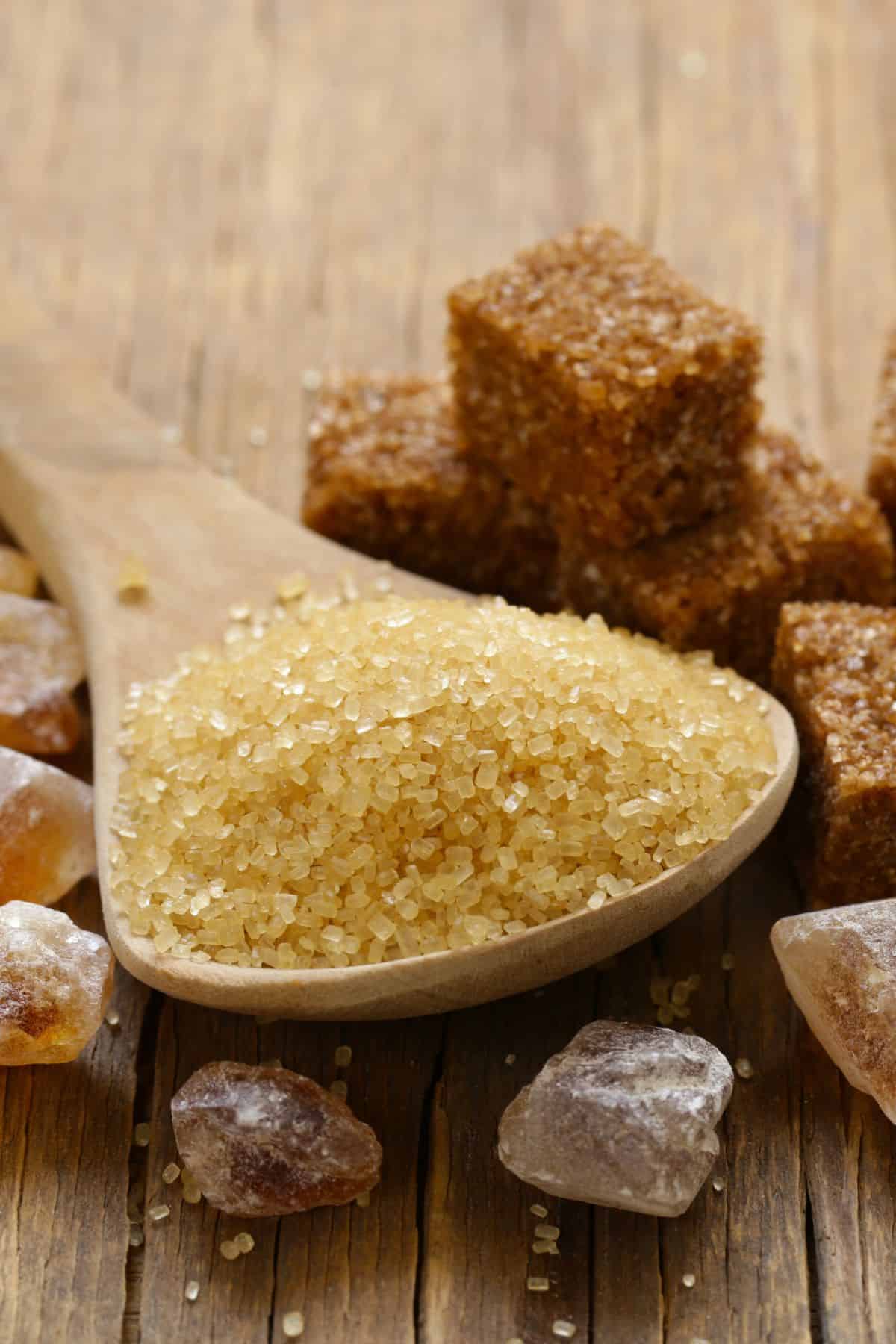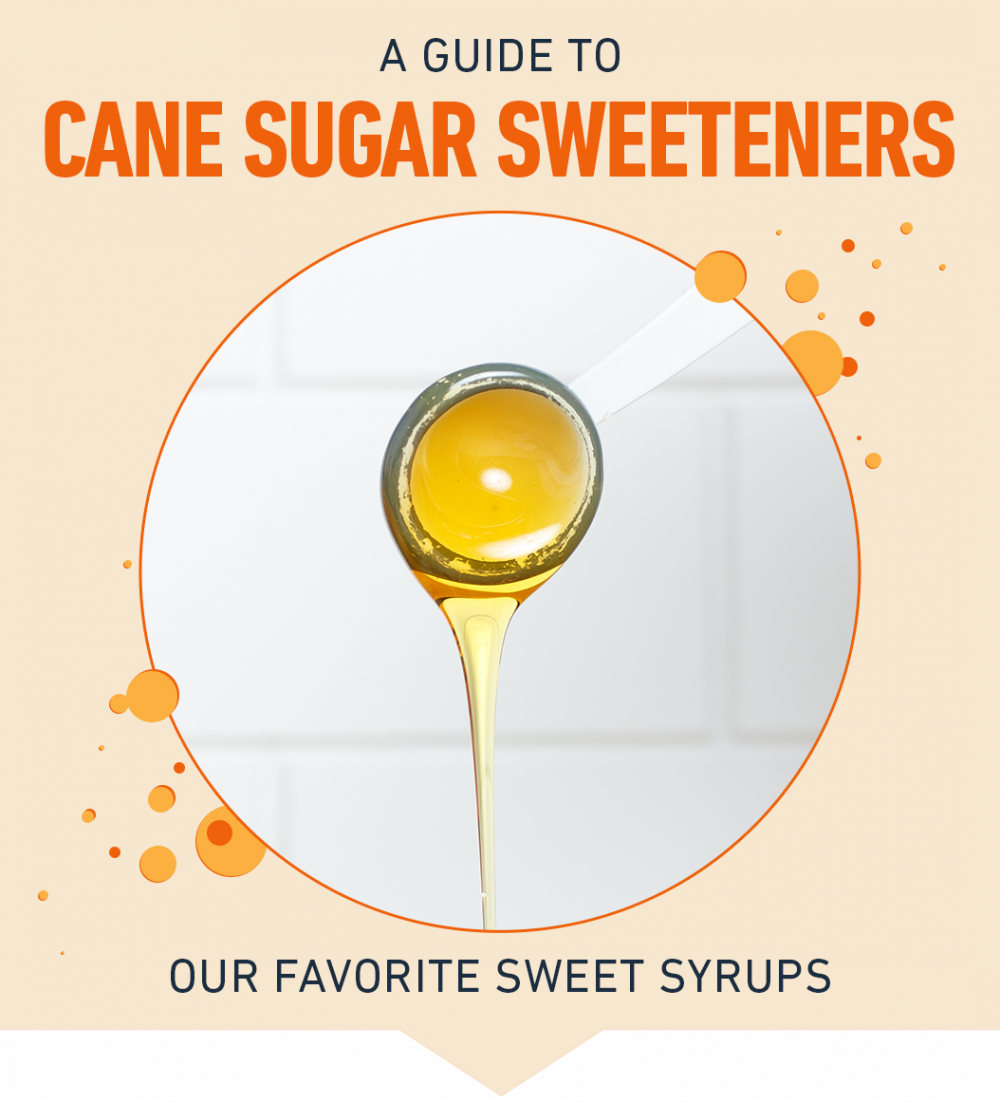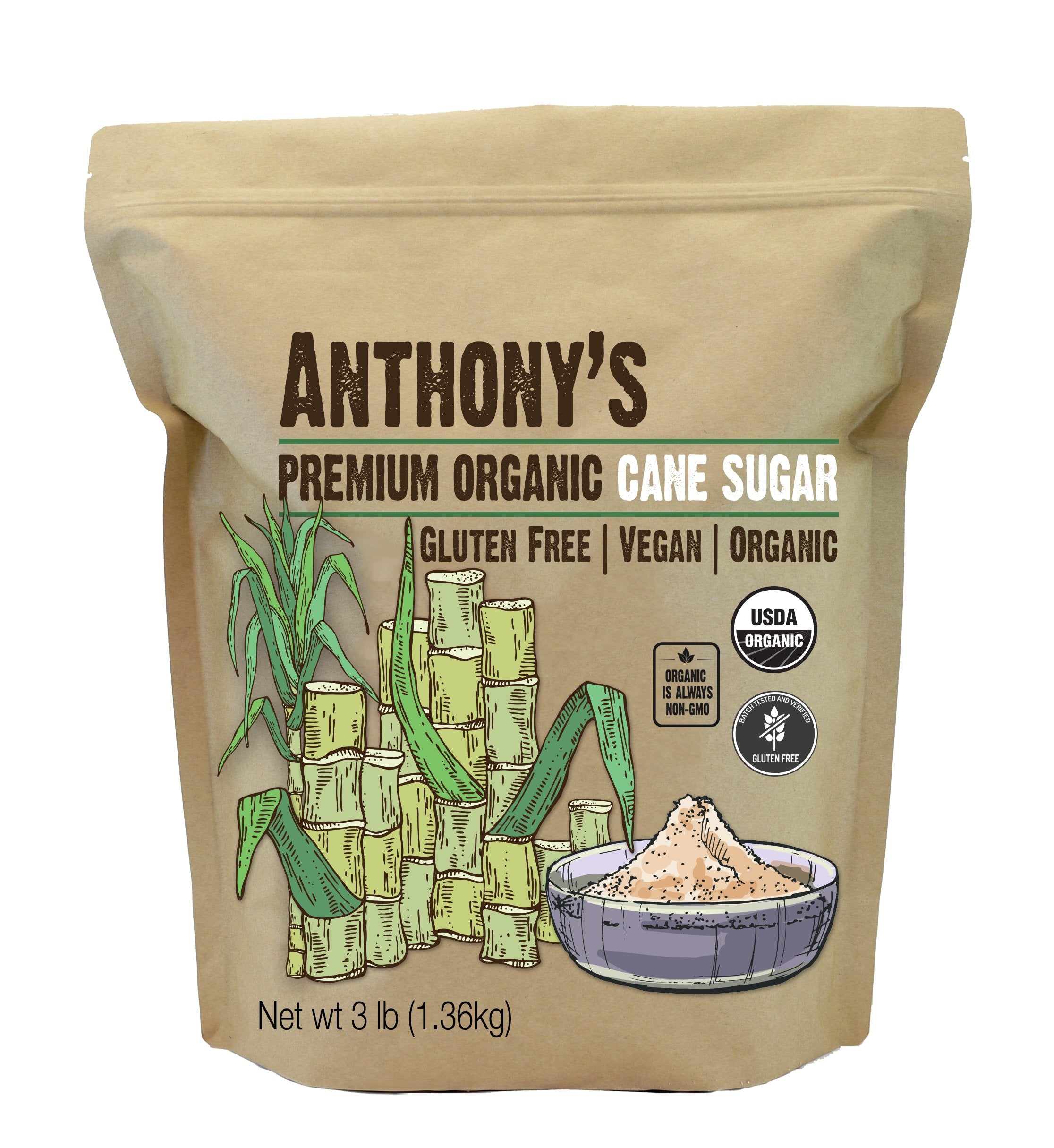Advanced Cane Sugar Processing: Enhancing Performance and Sustainability
Advanced Cane Sugar Processing: Enhancing Performance and Sustainability
Blog Article
Discovering the Comprehensive Steps Associated With Walking Cane Sugar Handling From Harvesting to Improvement
The procedure of walking stick sugar production incorporates a series of complex actions, starting with the cautious harvesting of sugarcane and finishing in the improvement stages that ensure the last item meets market standards. Each stage, from the extraction of juice to the filtration and condensation procedures, plays a vital duty in figuring out the top quality and character of the sugar. Understanding these phases not just highlights the complexity of sugar manufacturing yet likewise raises essential concerns concerning performance, sustainability, and technology in the market. What implications do these factors have for future methods?
Harvesting Sugarcane
Collecting sugarcane is an essential step in the walking stick sugar processing chain, as it straight influences the high quality and yield of the end product. Proper timing and strategies are important during this stage to guarantee optimum sugar content and decrease losses. Commonly, sugarcane is harvested when it reaches maturation, typically 12 to 18 months after planting, characterized by a high sucrose focus.

Post-harvest, the sugarcane has to be processed promptly to avoid sucrose degradation. Preferably, harvested cane ought to be transferred to refining centers within 24-hour to maintain sugar top quality. Therefore, effective logistical preparation is vital to maintain the integrity of the gathered plant throughout the supply chain.
Extraction Process

The crushed walking cane is subjected to a series of pushing operations to make best use of juice recovery. Normally, hot water is splashed onto the crushed walking cane, creating a countercurrent flow that aids dissolve the sugar while also aiding in the removal procedure. The juice collected from this operation contains not only sugar however additionally different natural compounds and pollutants.

To improve removal performance, some centers might use diffusion approaches, where the sugarcane is soaked in warm water, allowing the soluble sugars to diffuse into the fluid. The resulting juice, rich in sucrose, is then routed to succeeding processing stages, laying the structure for purification and refinement. The removal procedure is hence essential in determining the high quality and return of the final sugar item.
Filtration Strategies
The filtration strategies used in walking stick sugar handling are necessary for transforming the raw juice right into a high-grade sugar item. These methods primarily intend to get rid of contaminations, such as dirt, plant products, and not natural materials, which can detrimentally affect the end product's flavor and color.
This process includes including lime and warm to the raw juice, which promotes my link the coagulation of pollutants. In addition, the usage of phosphoric acid can improve the clarification procedure by further binding impurities.
Another considerable strategy is carbonatation, where co2 is introduced to the clarified juice. This reaction produces calcium carbonate, which records staying pollutants and advertises their removal.
Additionally, turned on carbon therapy might be applied to adsorb any continuing to be colorants and organic pollutants, ensuring an extra refined item. The combination of these approaches successfully prepares the sugar juice for subsequent action in the refining procedure, setting the stage for the manufacturing of top notch walking stick sugar.
Crystallization Approaches
After the filtration stage, the following critical action in walking stick sugar handling involves condensation approaches, which play an essential function in changing the clarified juice into strong sugar. This process typically employs 2 key approaches: spontaneous crystallization and controlled formation.
In spontaneous crystallization, supersaturated sugar solutions are allowed to cool normally, resulting in the development of sugar crystals in time. This technique is simpler but might lead to irregular crystal sizes and reduced purity degrees. On the various other hand, controlled formation is a more specific method where focus, seeding, and temperature level agents are diligently taken care of. This technique enables for the uniform growth of sugar crystals and greater purity.
Throughout see crystallization, the clarified juice is concentrated via evaporation, boosting its sugar content until it gets to supersaturation. When this factor is achieved, either technique can assist in the formation procedure. Cane Sugar Processing. The resultant sugar official site crystals are after that divided from the staying syrup through centrifugation
Inevitably, the selection of condensation technique influences the high quality, size, and pureness of the last sugar product, making this action vital in the overall cane sugar handling procedure.
Improvement and Product Packaging
Just how can the purity and high quality of walking stick sugar be further improved after formation? The refinement procedure plays a critical function in achieving premium cane sugar.
Next, the sugar is subjected to a process called centrifugation, where it is spun at broadband to separate the detoxified sugar crystals from the continuing to be liquid. After centrifugation, the sugar is usually more refined through an approach called carbonization or phosphatation, which uses turned on carbon or phosphoric acid to get rid of color and off-flavors.
Once refined, the sugar is dried out to attain the preferred wetness content, making sure that it remains steady throughout storage space and transport. The last step includes product packaging the refined sugar in moisture-proof and impermeable containers to keep its top quality and avoid contamination. Cane Sugar Processing. Proper product packaging not just prolongs rack life yet likewise helps with simple handling and circulation, guaranteeing that customers get sugar that fulfills the highest standards of pureness and quality
Conclusion
The detailed actions associated with cane sugar handling, from the careful harvesting of sugarcane to the complex improvement and packaging phases, highlight the significance of each stage in guaranteeing top quality sugar manufacturing. Optimum harvesting methods, efficient extraction approaches, and rigorous purification processes collectively add to the final item's pureness and stability. The formation and succeeding product packaging practices further enhance the stability and service life of the sugar, highlighting the complexity and accuracy inherent in this vital agricultural sector.
The process of walking stick sugar production includes a collection of detailed steps, starting with the mindful harvesting of sugarcane and culminating in the improvement phases that make sure the last product meets industry standards. Preferably, gathered cane must be transferred to refining centers within 24 hours to protect sugar quality.In spontaneous condensation, supersaturated sugar options are enabled to cool normally, leading to the formation of sugar crystals over time - Cane Sugar Processing. The refinement procedure plays a vital function in accomplishing top notch walking cane sugar.The extensive actions included in walking cane sugar handling, from the meticulous harvesting of sugarcane to the detailed refinement and product packaging stages, underscore the relevance of each phase in guaranteeing top notch sugar production
Report this page